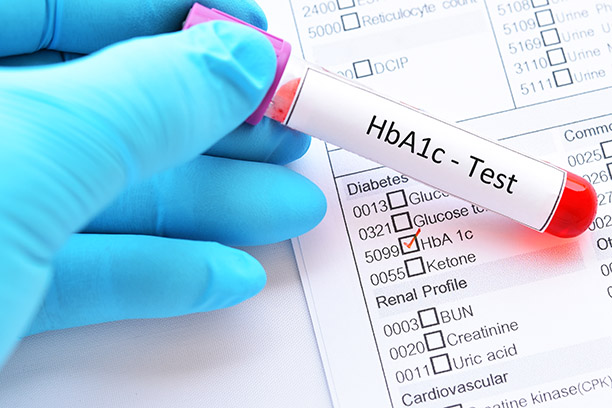
ABOUT THE STUDY
 DREAM is a study to find out how frequently people with acute pancreatitis (AP) develop diabetes. High blood sugar
(blood glucose) is a known complication of acute pancreatitis. Sometimes high blood sugars can last a few weeks after
acute pancreatitis and get better. However, sometimes high blood sugars may not improve after acute pancreatitis and
diabetes is diagnosed. Diabetes can also appear later, a year or more after acute pancreatitis. Little data is available
on how often or why diabetes occurs after acute pancreatitis. The DREAM study will help to better understand diabetes
after acute pancreatitis and who is at increased risk of developing it, as well as the different types of diabetes that
develop after acute pancreatitis. The DREAM study is expected to recruit participants from Fall 2021 through Summer 2024.
DREAM is a study to find out how frequently people with acute pancreatitis (AP) develop diabetes. High blood sugar
(blood glucose) is a known complication of acute pancreatitis. Sometimes high blood sugars can last a few weeks after
acute pancreatitis and get better. However, sometimes high blood sugars may not improve after acute pancreatitis and
diabetes is diagnosed. Diabetes can also appear later, a year or more after acute pancreatitis. Little data is available
on how often or why diabetes occurs after acute pancreatitis. The DREAM study will help to better understand diabetes
after acute pancreatitis and who is at increased risk of developing it, as well as the different types of diabetes that
develop after acute pancreatitis. The DREAM study is expected to recruit participants from Fall 2021 through Summer 2024.
ELIGIBILITY TO PARTICIPATE
Eligible |
Not Eligible |
|---|---|
|
|
WHAT TO EXPECT

- Participate in up to 9 visits over 3-5 years
- Complete medical history and questionnaires
- Provide blood and stool samples to be sent to a place where the samples will be stored for future research (biorepository)
- Complete an Oral Glucose Tolerance Test (OGTT) at up to 6 visits. Participants will be asked to drink a sweet liquid that contains glucose (sugar). Blood samples will be drawn using an intravenous needle and small plastic tube (IV) in a vein in the arm. This test will last about 2 hours.
- Option to complete extra tests including MRI
WHAT HAPPENS IF I DEVELOP DIABETES?
If a participant is diagnosed with diabetes during the study, they will be asked to come in for an additional visit with extra tests. At this visit, they will have blood drawn and have a Mixed Meal Tolerance Test (MMTT). MMTT is similar to OGTT but instead you drink a liquid meal (Boost). Participants will also be asked to have an MRI. Participants can choose not to do these extra tests.
COMPENSATION
- Visits with OGTT or MMTT will provide $100
- Visits with a clinical blood draw only will provide $25
- Visits with additional sample collection for biorepository will provide $50